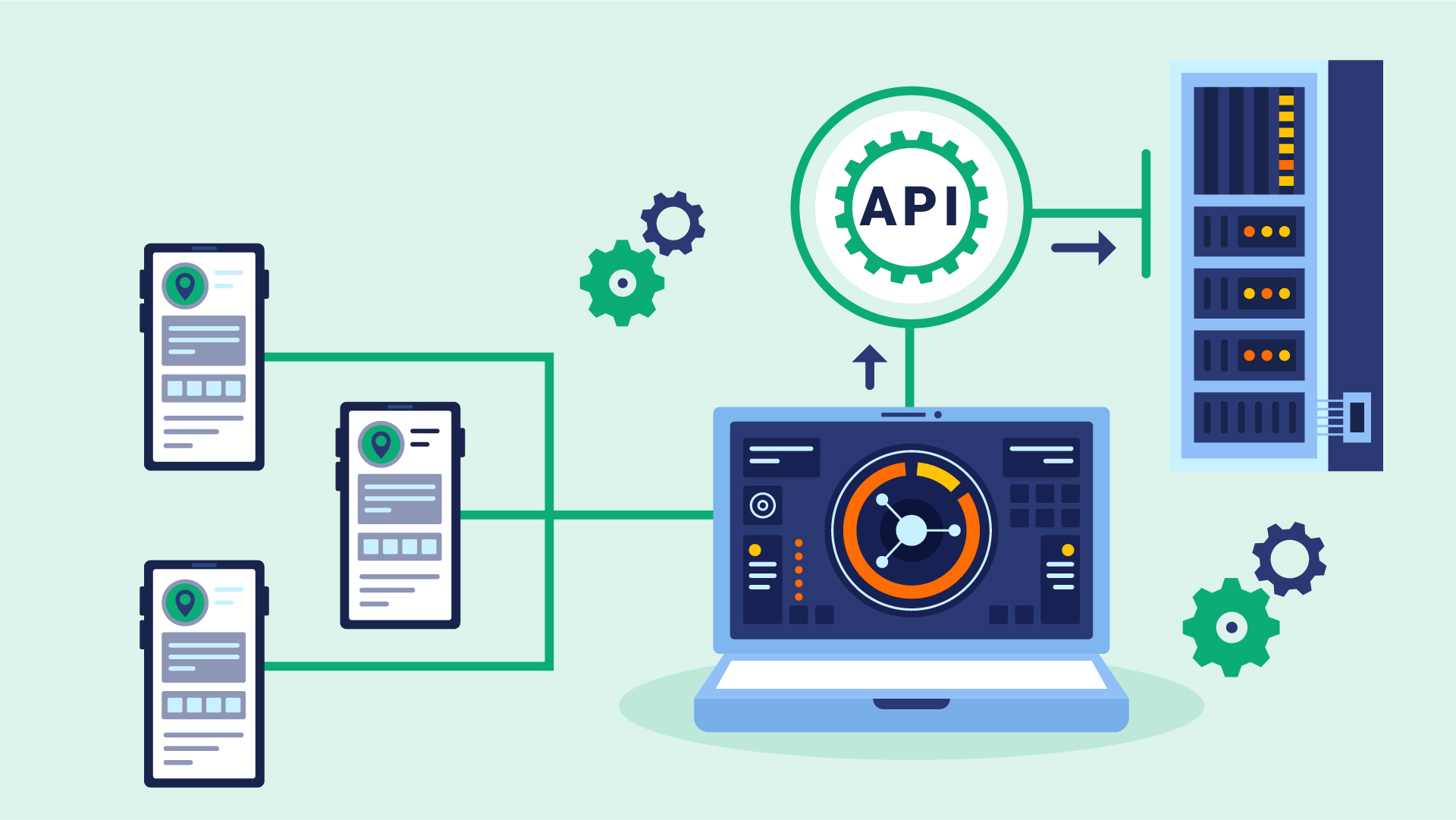Physical Address
304 North Cardinal St.
Dorchester Center, MA 02124
Physical Address
304 North Cardinal St.
Dorchester Center, MA 02124

In today’s fast-paced digital landscape, scalability, flexibility, and seamless integration are critical for modern web applications. The API-first development approach is transforming how developers build applications by prioritizing APIs at the core of the development process. This shift ensures that applications can easily integrate with other systems, scale efficiently, and adapt to changing technological demands.
In this blog, we explore why API-first development is the key to scalable web applications, its benefits, and how businesses can leverage it to stay competitive in 2025 and beyond.
💡 Definition: API-first development is an approach where APIs are designed before the frontend or backend of an application. Instead of treating APIs as an afterthought, they become the foundation upon which the entire application is built.
🔹 Key Characteristics:
✔️ APIs are designed first, ensuring they serve as the backbone of the application.
✔️ Developers build frontend and backend systems around the API, ensuring consistency.
✔️ API documentation and testing are prioritized from the beginning.
🚀 Example: A SaaS platform built with an API-first approach can seamlessly integrate with CRM tools, analytics platforms, and third-party services, providing a connected user experience.
📌 Traditional vs. API-First Development
| Feature | Traditional Development | API-First Development |
|---|---|---|
| Scalability | Limited by tightly coupled architecture | Easily scalable due to modular design |
| Integration | Difficult and time-consuming | Seamless, designed for interoperability |
| Development Speed | Slower, due to dependency on backend/frontend | Faster, as teams work in parallel |
| Flexibility | Hard to adapt to new technologies | Future-proof and technology-agnostic |
🔹 Key Benefits for Scalable Web Applications:
✔️ Faster Development: Teams can build and test components in parallel.
✔️ Seamless Integration: APIs easily connect with third-party services and microservices.
✔️ Cloud-Native Ready: API-first design works seamlessly with serverless and cloud environments.
✔️ Future-Proof: Supports new technologies like AI, IoT, and blockchain without major rewrites.
🚀 Example: Stripe follows an API-first approach, allowing developers to integrate its payment system into various platforms with minimal effort.
📌 Using OpenAPI (Swagger) or GraphQL to document and standardize APIs ensures clarity for developers.
✔️ RESTful APIs for standard web applications
✔️ GraphQL APIs for more flexible data queries
✔️ gRPC APIs for high-performance communication between services
🚀 Example: GitHub’s GraphQL API provides developers with fine-grained control over their data queries, reducing unnecessary data transfer.
📌 API-first development naturally supports microservices, where different services communicate via APIs instead of being monolithic.
✔️ Each service is independent and scalable
✔️ Teams can deploy and update features without affecting the entire application
✔️ APIs allow microservices to interact seamlessly
🚀 Example: Netflix uses microservices with API-first development, allowing different teams to build and deploy features without disrupting the user experience.
📌 API gateways act as a centralized entry point for managing API traffic, ensuring security, load balancing, and request routing.
✔️ Rate limiting and throttling to prevent abuse
✔️ Authentication & authorization using OAuth, JWT, or API keys
✔️ Caching and load balancing for optimized performance
🚀 Example: Amazon API Gateway enables developers to securely manage high-traffic APIs for scalable applications.
📌 API-first development thrives when integrated with DevOps pipelines, enabling continuous deployment and testing.
✔️ Automated API testing (Postman, Jest)
✔️ CI/CD for seamless updates (GitHub Actions, Jenkins)
✔️ Containerization with Docker & Kubernetes for scalable deployment
🚀 Example: Spotify automates API testing and deployment using CI/CD pipelines, ensuring minimal downtime during updates.
| Challenge | Solution |
|---|---|
| Inconsistent API Design | Use OpenAPI standards and API governance |
| Security Risks | Implement authentication (OAuth, JWT) and API gateways |
| Increased Complexity | Use API documentation and testing tools |
| Latency Issues | Optimize with caching and load balancing |
🚀 Example: Twitter’s API evolution showcases how API-first development can handle scale and security concerns while maintaining performance.
🔮 1. AI-Powered APIs: Machine learning-driven APIs that adapt to user behavior and automate tasks.
🔮 2. API Monetization: Businesses will increasingly sell APIs as standalone products.
🔮 3. API Observability: Advanced analytics for tracking API performance and usage patterns.
🔮 4. Blockchain-Enabled APIs: Secure and decentralized APIs for financial and identity verification applications.
🔮 5. API-First IoT: APIs driving seamless communication between IoT devices and cloud applications.
🚀 Example: OpenAI’s API-based model deployment is a glimpse into how businesses will commercialize AI through API-first strategies.
The API-first development approach is no longer optional—it’s a necessity for building scalable, future-proof web applications. By prioritizing modularity, interoperability, and security, businesses can create software that adapts to rapid technological changes and growing user demands.
💡 Is your company leveraging API-first development? Let’s discuss your challenges and success stories in the comments!